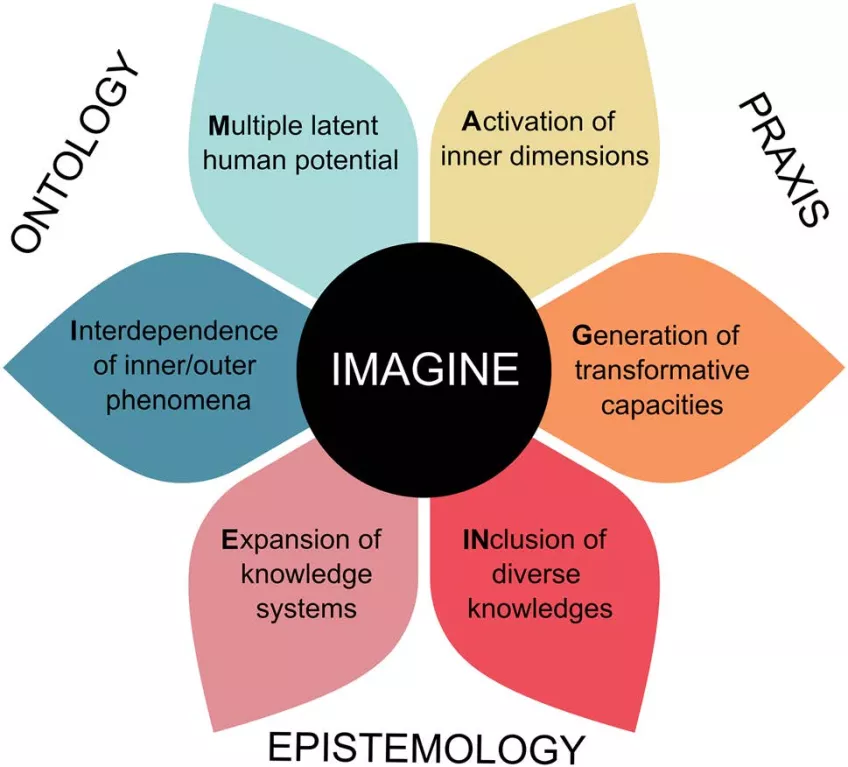In recent years, the field of existential resilience and similar approaches, such as inner tranformation, inner transition, existential sustainability, personal sustainability, and personal spheres of transformation, have received increasing attention in science, education, policy and practice. In a new article published in Sustainability Science, LUCSUS Professor Christine Wamsler and colleagues systematise the core contributions of this emerging field for supporting sustainability and climate work.
This is the first academic article that summarises the key characteristics of this emerging field. It clarifies current misconceptions and provides a guiding heuristic to help orient related work, says Christine Wamsler, Professor at Lund University Centre for Sustainability Studies (LUCSUS).
Inner transformation for supporting existential resileince is a dynamic field, with varied terminology, a breadth of applications, and intense debate about possible contributions as well as limitations and shortcomings. Against this background, this new article provides clear guidance for sustainability and other scholars, educators and practitioners to better understand the concept of inner transformation, and systematically integrate individual, collective and system changeinto their work.
– We explain in our article how individual, collective and system change are entangled, why sustainability challenges can be understood as crises of relationships or disconnection, and how we can improve current approaches by shifting focus from entities to relationships, their qualities, and the processes comprising these, says Christine Wamsler.
The identified six key contributionsand characteristicsof inner transformation are framed and organised under the acronym IMAGINE (see figure). They describe why and how related research, practice and education recognize:
- the Interdependence among inner and outer phenomena across individual, collective and system levels.
- the Multiple potential that is latent within each of us to enable transformative change;
- the Activation of inner dimensions across individual, collective and system levels;
- the Generation of inner, transformative capacities through intentional practices;
- the INnclusion of diverse perspectives; and
- the Expansion of associated knowledge systems for sustainability.

IMAGINE: systematisation of the six core characteristics of inner transformation and inner–outer change processes, organised under the dimensions of ontology, praxis and epistemology. All six characteristics are entangled, intertwined and interdependen
Read the full article: IMAGINE sustainability: integrated inner‑outer transformation in research, education and practice

